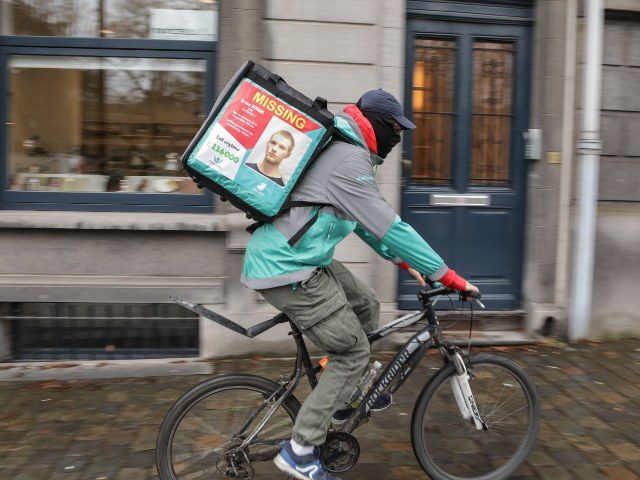A recent exposé on a number of Silicon Valley delivery apps reveals the pressure drivers are put under and how tips meant for drivers are diverted directly to the bottom line by some popular delivery apps, including DoorDash.
The New York Times published an article recently titled “My Frantic Life as a Cab-Dodging, Tip-Chasing Food App Deliveryman,” which gives insight into the fast-paced and grueling life of an app delivery driver. Many Silicon Valley startups have appeared recently based around the idea of independently contracted drivers delivering food, groceries, and other items all managed via an app. Uber Eats, Postmates, DoorDash, and many others are all examples of these delivery services.
Andy Newman describes the hectic life and choices of an app delivery driver in his article for the New York Times. Newman describes the job as similar to “a game of real-life speed chess played across the treacherous grid of the city, as riders juggle orders from competing apps and scramble for elusive bonuses.” Newman notes that there are a number of physical risks that come with the job, with almost a third of delivery cyclists missing work due to on-the-job injuries last year according to a survey and at least four delivery riders or bike messengers being killed in car crashes this year.
Given the hectic lifestyle that comes with this job, the need for speedy delivery times, and the obvious physical risks that this job poses, one would assume that these delivery drivers are paid well. Unfortunately, that is not the case. In fact, one delivery app called DoorDash doesn’t even give employees the tips assigned to them by customers. Newman explains this, writing:
DoorDash offers a guaranteed minimum for each job. For my first order, the guarantee was $6.85 and the customer, a woman in Boerum Hill who answered the door in a colorful bathrobe, tipped $3 via the app. But I still received only $6.85.
Here’s how it works: If the woman in the bathrobe had tipped zero, DoorDash would have paid me the whole $6.85. Because she tipped $3, DoorDash kicked in only $3.85. She was saving DoorDash $3, not tipping me.
Some companies such as Instacart have noted that many are unhappy with this sort of system and made efforts to improve it. Instacart wrote in a Medium.com post titled “State of Pay – Doing Right By Our Shoppers,” that the company had made a number of changes to how the app would operate. The post states:
As a company, we remain committed to listening and putting our shoppers more at the forefront of our decision making. Based on your feedback, today we’re launching new measures to more fairly and competitively compensate all our shoppers. As part of this, our earnings approach moving forward will adhere to the following:
-
Tips should always be separate from Instacart’s contribution to shopper compensation
-
All batches will have a higher guaranteed compensation floor for shoppers, paid for by Instacart
-
Instacart will retroactively compensate shoppers when tips were included in minimums
Other firms such as DoorDash, however, have yet to implement such policy changes. The Verge reached out to Postmates, Grubhub, Seamless, and Uber Eats all of which confirmed that customer tips are not used to subsidize employees wages, but as the Verge notes if you want to be absolutely sure your delivery driver is receiving a tip, give them cash.
Lucas Nolan is a reporter for Breitbart News covering issues of free speech and online censorship. Follow him on Twitter @LucasNolan or email him at lnolan@breitbart.com

COMMENTS
Please let us know if you're having issues with commenting.